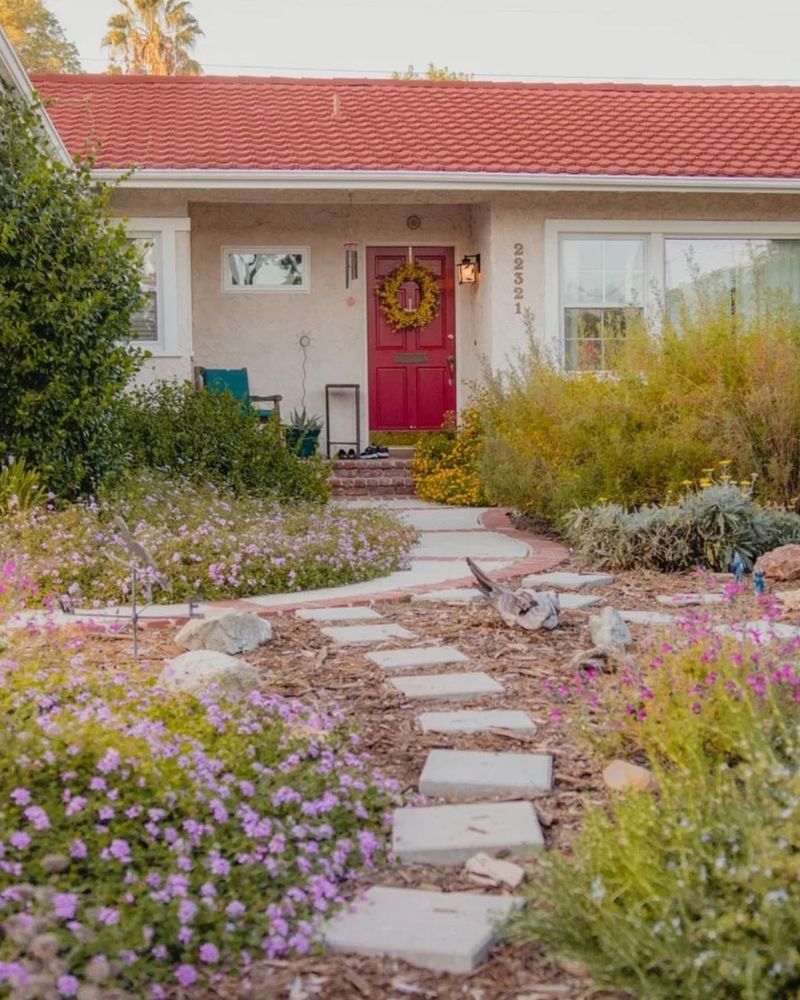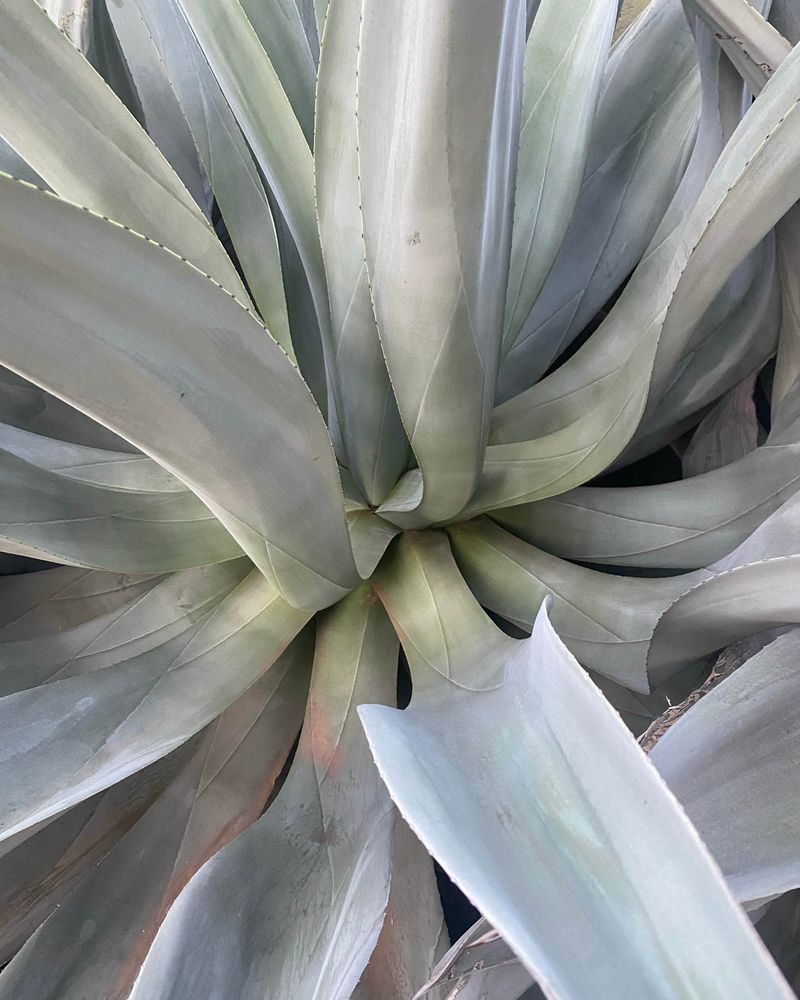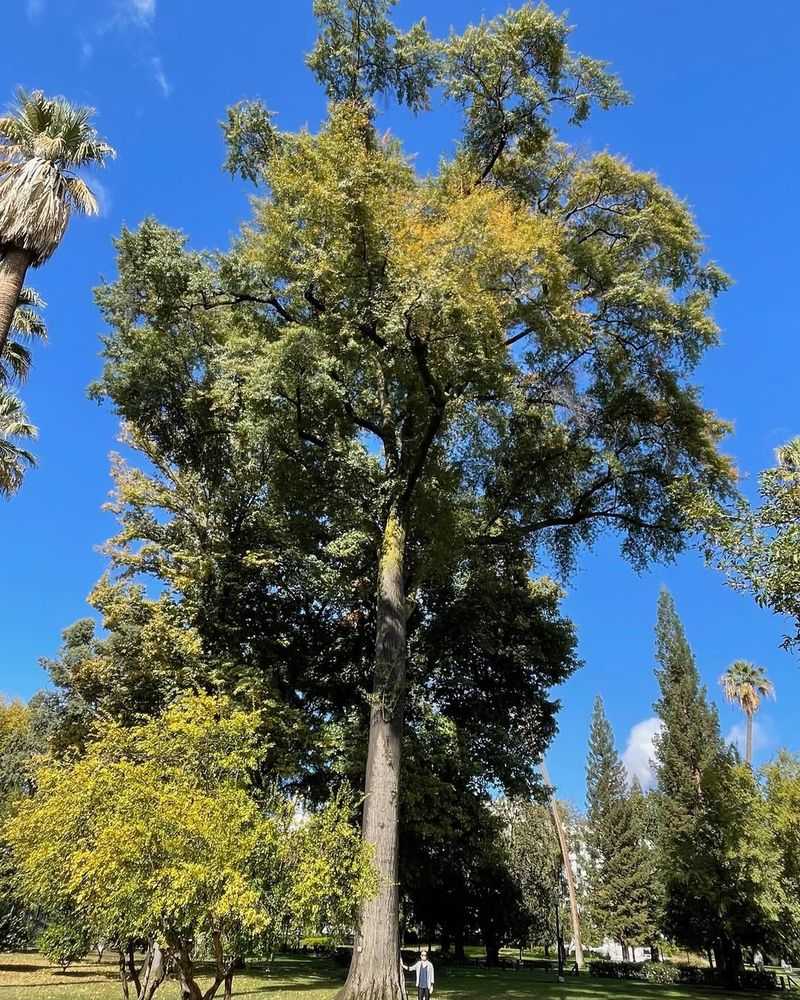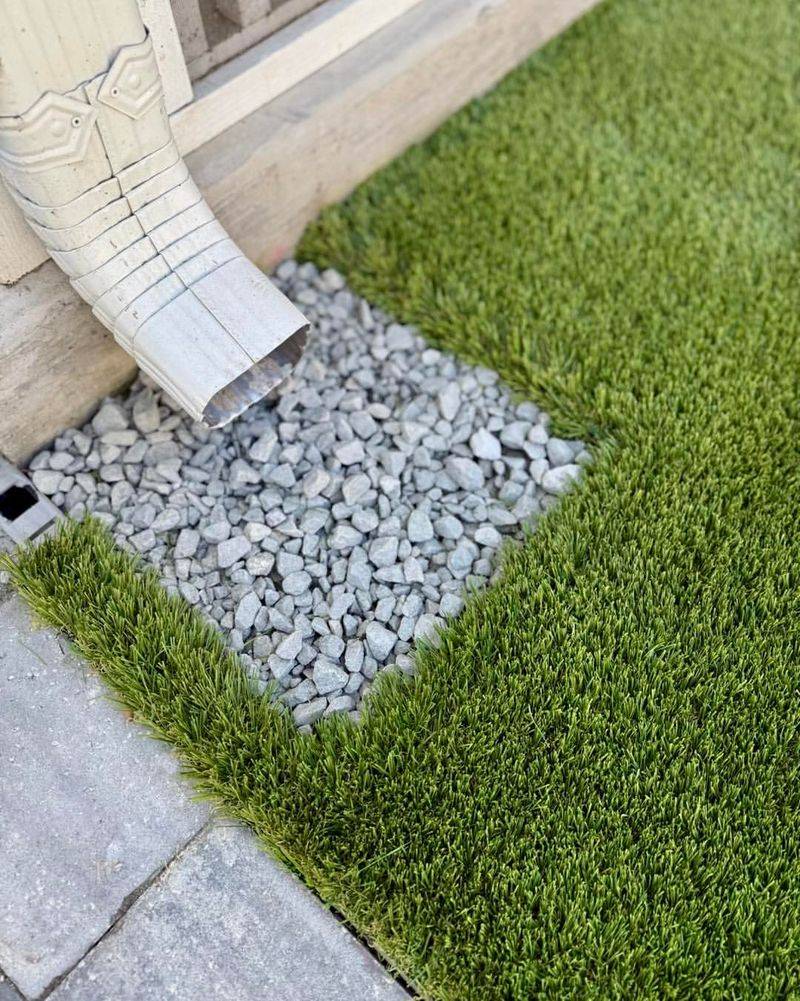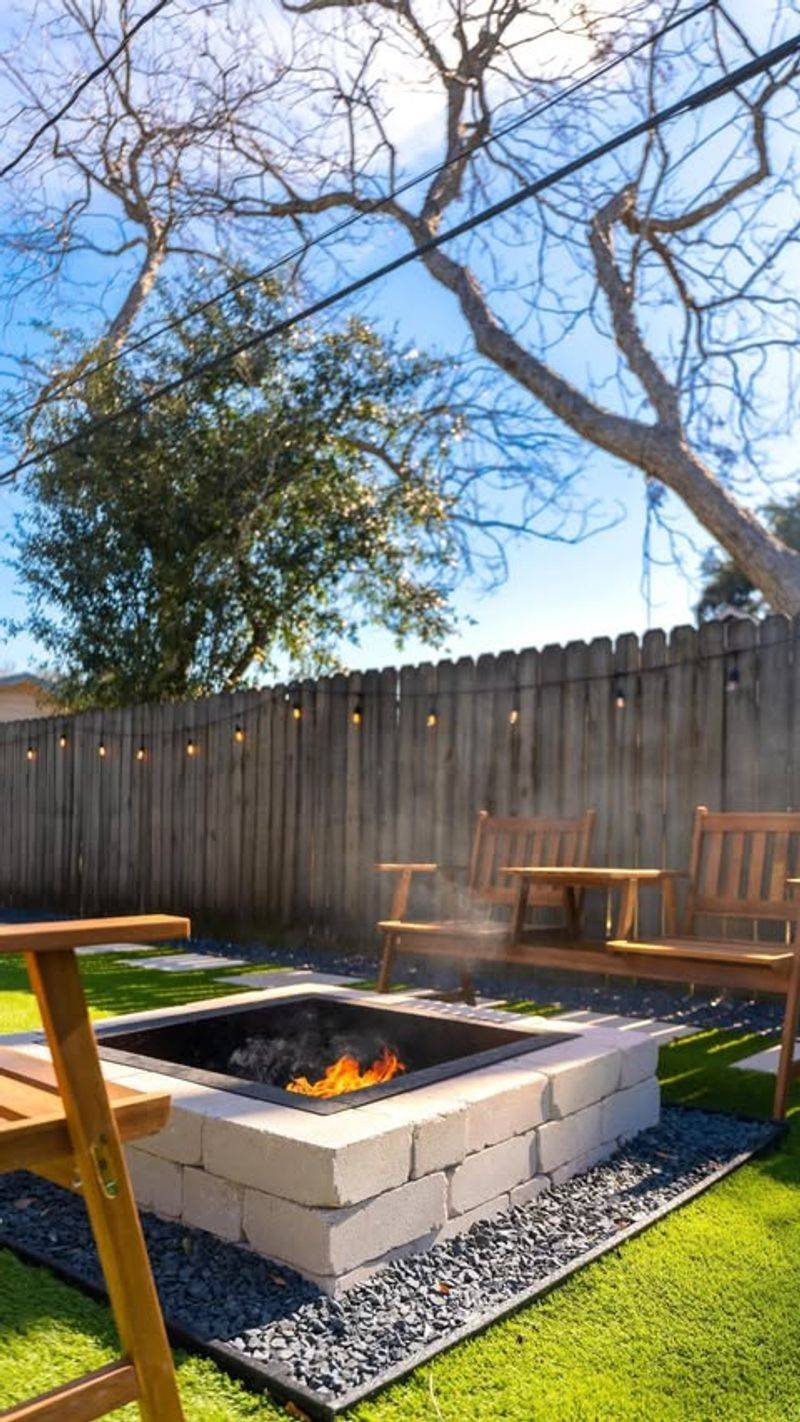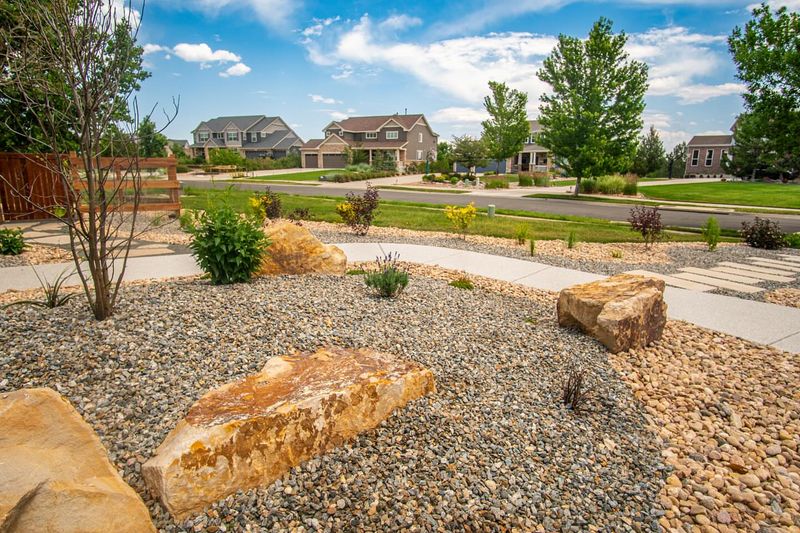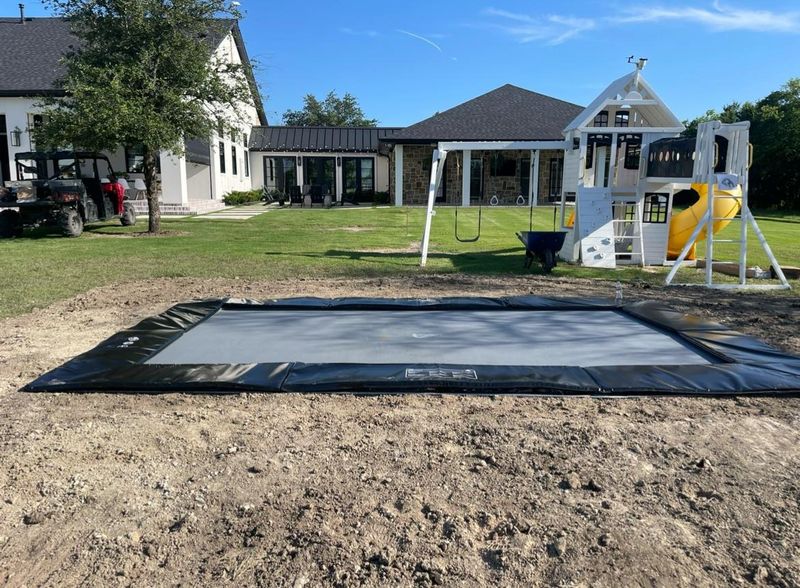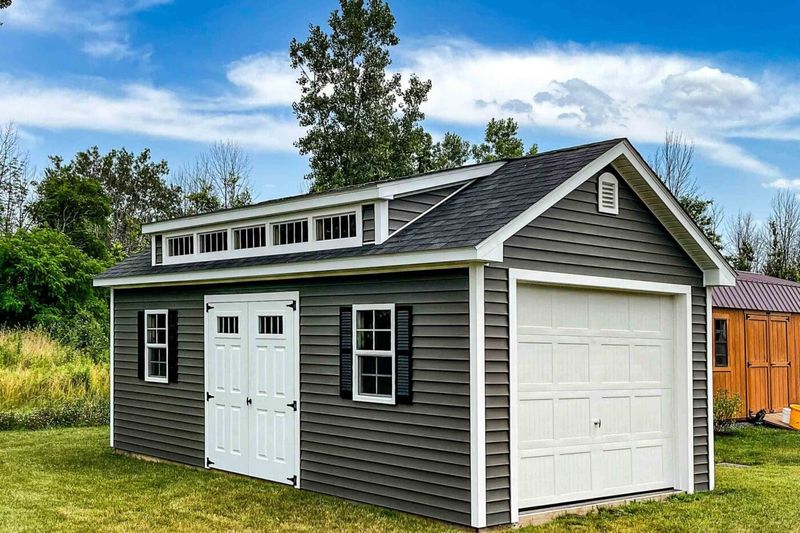Nevada homeowners may soon see changes in what’s allowed in their yards. With water shortages and shifting neighborhood priorities, outdoor spaces are under fresh scrutiny. Features like grass lawns and decorative fountains—once seen as staples—are now being reconsidered.
Some could face restrictions or even bans in the near future. I’ve noticed communities leaning toward drought-tolerant landscaping and simpler, eco-friendly designs. It’s a shift that reflects both environmental needs and evolving local values.
1. Traditional Grass Lawns
Water scarcity makes grass lawns a tough sell across Nevada neighborhoods. Turf requires thousands of gallons yearly, straining limited resources in desert regions.
Many communities now encourage desert landscaping instead. Some cities offer rebates to homeowners who replace grass with rocks, native plants, or artificial turf.
Restrictions may soon limit how much lawn you can maintain. Planning ahead helps you transition smoothly to water-wise alternatives that still look attractive.
2. Decorative Water Fountains
Ornamental fountains add elegance but waste precious water through evaporation. Nevada’s dry climate accelerates water loss, making these features less practical.
HOAs and local governments are examining fountain regulations closely. Some areas already require recirculating systems or permits for new installations.
Future rules might ban certain fountain types entirely. If you love water features, consider smaller recirculating models or solar-powered options that minimize waste while adding beauty.
3. Swimming Pools Without Covers
Uncovered pools lose massive amounts of water to evaporation daily. Nevada’s intense sun and low humidity make this problem worse than in other states.
New regulations may mandate pool covers to conserve water. Covers reduce evaporation by up to ninety percent while keeping pools cleaner.
Investing in a quality cover protects your investment now. It also prepares you for potential future requirements while cutting your water bills significantly each month.
4. Non-Native Thirsty Plants
Exotic plants from wetter climates struggle in Nevada’s harsh conditions. They demand constant watering and special care to survive the desert heat.
Communities are promoting native species that thrive naturally. Agave, sage, and desert marigolds need minimal water once established.
Expect restrictions on high-water plants in coming years. Switching to native varieties now saves money, reduces maintenance, and supports local ecosystems beautifully.
5. Large Ornamental Trees
Massive shade trees like maples and oaks need deep watering regularly. Nevada’s desert soil and climate make maintaining these trees expensive and resource-intensive.
Future landscaping codes may limit tree species to desert-adapted varieties. Mesquite, palo verde, and desert willow provide shade without excessive water needs.
Replacing water-hungry trees takes planning and patience. Start researching native alternatives now to ensure your yard stays beautiful while meeting potential new standards.
6. Artificial Turf Without Proper Drainage
Synthetic grass offers a water-free lawn alternative gaining popularity. Poor installation without adequate drainage creates problems during Nevada’s occasional heavy rains.
Standing water breeds mosquitoes and damages turf backing. Communities may require proper drainage systems for all artificial turf installations.
Quality installation matters more than initial cost savings. Ensure your artificial grass includes proper base preparation and drainage to avoid future headaches and meet potential regulations.
7. Backyard Fire Pits And Outdoor Fireplaces
Fire features create cozy gathering spots for Nevada evenings. Smoke concerns and air quality issues prompt neighborhoods to reconsider these popular additions.
Wildfire risks also influence fire pit regulations statewide. Some communities now ban wood-burning features or require gas alternatives only.
Check local rules before building permanent fire features. Gas or propane options often face fewer restrictions while providing similar ambiance for outdoor entertaining safely.
8. Reflective Glass Garden Art
Shiny glass sculptures and mirrors add sparkle to gardens. Reflected sunlight can blind drivers, neighbors, or even cause concentrated heat damage.
Nevada’s intense sunshine amplifies these problems significantly. HOAs receive complaints about glare from reflective yard decorations regularly.
Future rules may limit reflective materials near streets. Choose matte finishes or position decorative pieces carefully to avoid creating hazards while maintaining your yard’s unique character.
9. Gravel-Only Landscaping
Rock landscaping seems perfect for Nevada’s water-saving goals. However, neighborhoods worry about aesthetics when yards become barren gravel lots.
Some communities now require minimum plant coverage percentages. All-rock yards may face restrictions to maintain neighborhood appeal and property values.
Balance rocks with native plants for best results. This approach satisfies water conservation needs while keeping your property attractive and compliant with evolving landscape standards.
10. Recreational Trampolines
Trampolines provide hours of family fun and exercise. Liability concerns and visual impact make them controversial in Nevada neighborhoods.
Many HOAs already restrict or ban visible trampolines. Insurance companies sometimes increase premiums for homes with these features installed.
Expect more communities to add trampoline regulations soon. In-ground models or screened areas offer compromises that reduce visual impact while maintaining recreational benefits for kids.
11. Outdoor Storage Sheds Without Permits
Sheds solve storage problems for Nevada homeowners efficiently. Unpermitted structures create concerns about safety, setbacks, and neighborhood consistency.
Cities increasingly require permits for sheds over certain sizes. HOAs often have strict rules about shed appearance, placement, and materials used.
Always check regulations before building any structure. Proper permits and approvals prevent future problems when selling your home or facing neighborhood complaints.
12. Visible RV And Boat Parking
Many Nevada families own recreational vehicles and boats. Parking these large items in driveways or side yards creates visual clutter neighbors dislike.
HOAs frequently restrict RV parking to specific areas. Some neighborhoods ban visible recreational vehicle storage entirely except for loading periods.
Restrictions continue tightening across Nevada communities. Consider off-site storage facilities or approved parking areas to avoid fines and maintain good relationships with neighbors.


